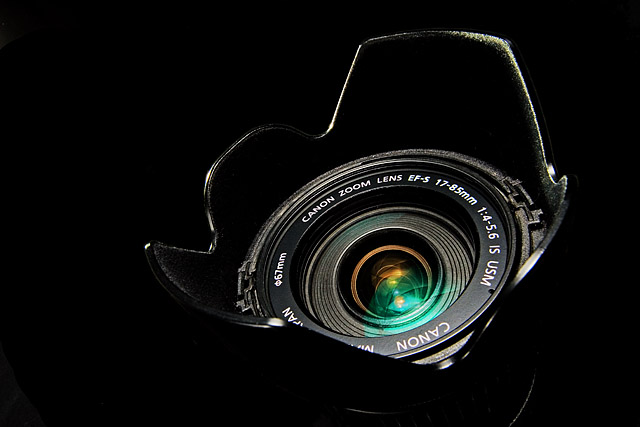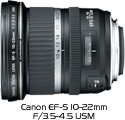uou?? : November 16, 2008

Image Data
File Name: 20D_68010
Model: Canon EOS 20D
Lens: Canon EF-S 10-22mm F/3.5-4.5 USM
Date: 11.15.08 11:38pm
Focal Length: 16mm (26mm)
Shutter: 1/200 s
F-Stop: F16
ISO: 200
Program: Manual
Metering Mode: Evaluative
Focus Mode: One shot AF
File Name: 20D_68010
Model: Canon EOS 20D
Lens: Canon EF-S 10-22mm F/3.5-4.5 USM
Date: 11.15.08 11:38pm
Focal Length: 16mm (26mm)
Shutter: 1/200 s
F-Stop: F16
ISO: 200
Program: Manual
Metering Mode: Evaluative
Focus Mode: One shot AF
A zoom lens is a mechanical assembly of lens elements with the ability to vary its focal length (and thus angle of view), as opposed to a fixed focal length (prime) lens .
Early forms of zoom lenses were used in optical telescopes to provide continuous variation of the magnification of the image, and this was first reported in the proceedings of the Royal Society in 1834. Early patents for telephoto lenses also included movable lens elements which could be adjusted to change the overall focal length of the lens. Lenses such as these are now called varifocal lenses, in that as the focal length is changed, the position of the focal plane also moves, requiring refocusing of the lens after each change.
The first true zoom lens, which retained near-sharp focus while the effective focal length of the lens assembly was changed, was patented in 1902 by Clile Allen. The first industrial production was the Bell and Howell Cooke "Varo" 40–120 mm lens for 35mm movie cameras introduced in 1932. The most impressive TV Zoom lens was the VAROTAL III from Rank Taylor Hobson from UK built in 1953. The Kilfitt 36–82 mm/2.8 Zoomar introduced in 1959 was the first zoom lens in regular production for still 35mm photography.
Early forms of zoom lenses were used in optical telescopes to provide continuous variation of the magnification of the image, and this was first reported in the proceedings of the Royal Society in 1834. Early patents for telephoto lenses also included movable lens elements which could be adjusted to change the overall focal length of the lens. Lenses such as these are now called varifocal lenses, in that as the focal length is changed, the position of the focal plane also moves, requiring refocusing of the lens after each change.
The first true zoom lens, which retained near-sharp focus while the effective focal length of the lens assembly was changed, was patented in 1902 by Clile Allen. The first industrial production was the Bell and Howell Cooke "Varo" 40–120 mm lens for 35mm movie cameras introduced in 1932. The most impressive TV Zoom lens was the VAROTAL III from Rank Taylor Hobson from UK built in 1953. The Kilfitt 36–82 mm/2.8 Zoomar introduced in 1959 was the first zoom lens in regular production for still 35mm photography.















 Subscribe
Subscribe


